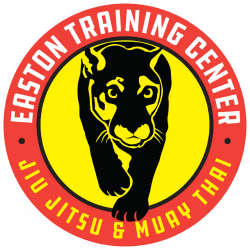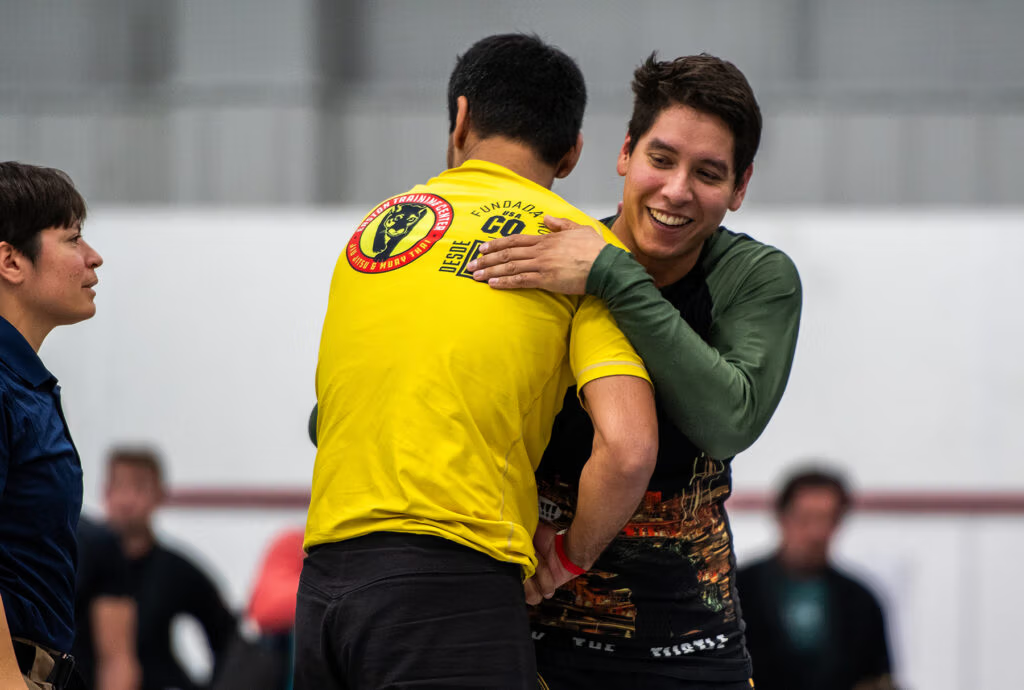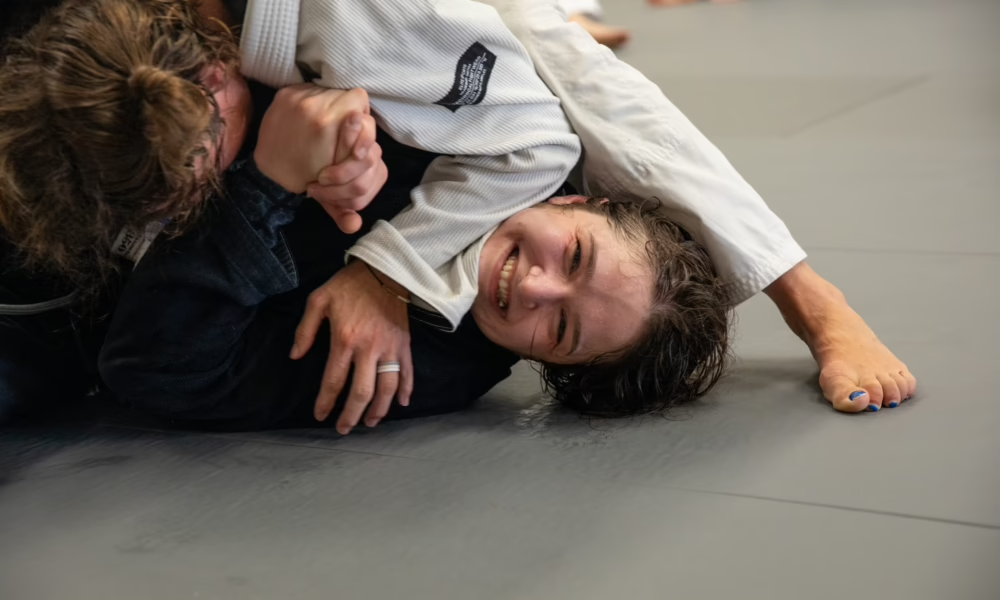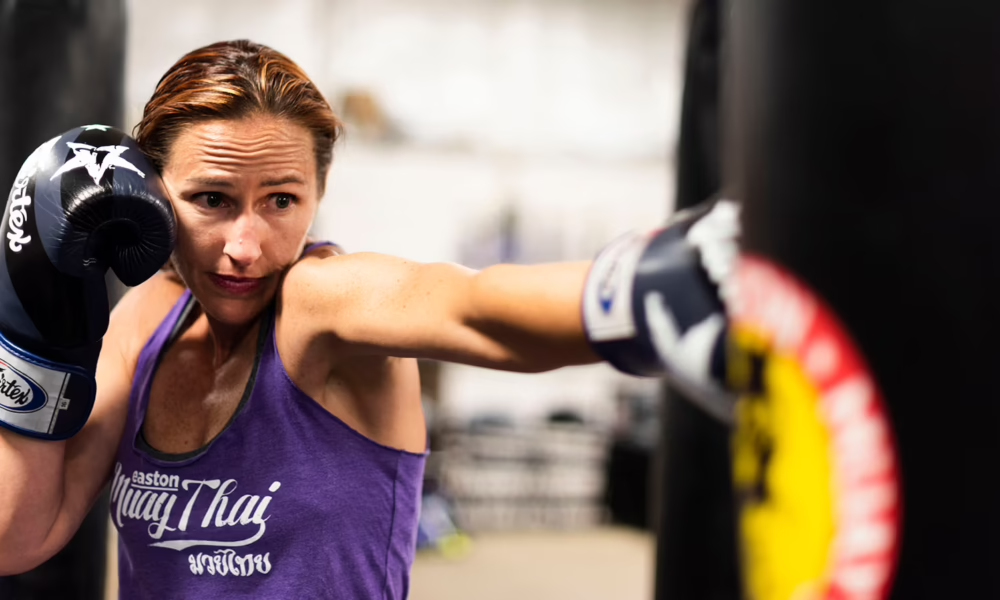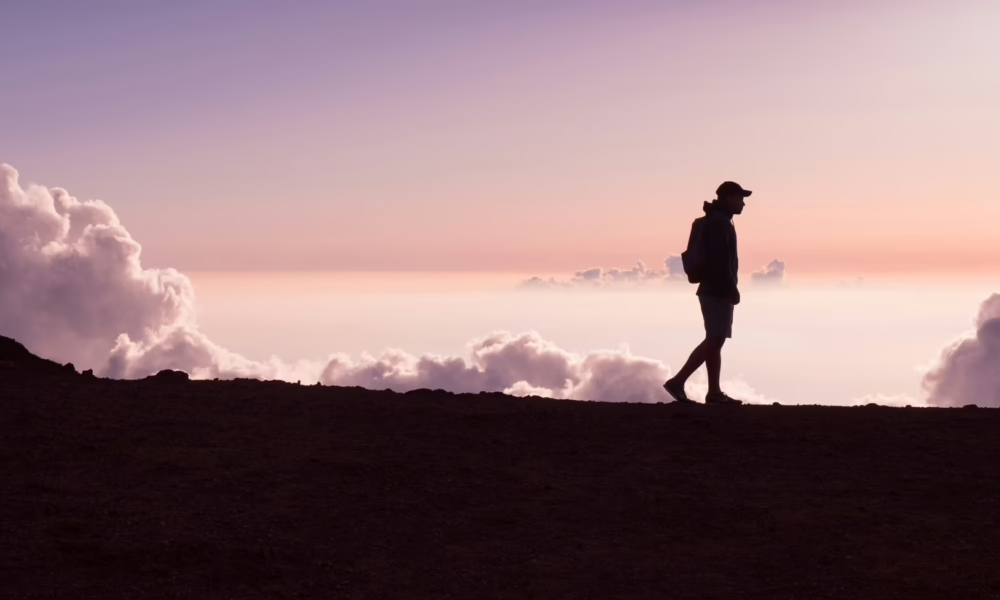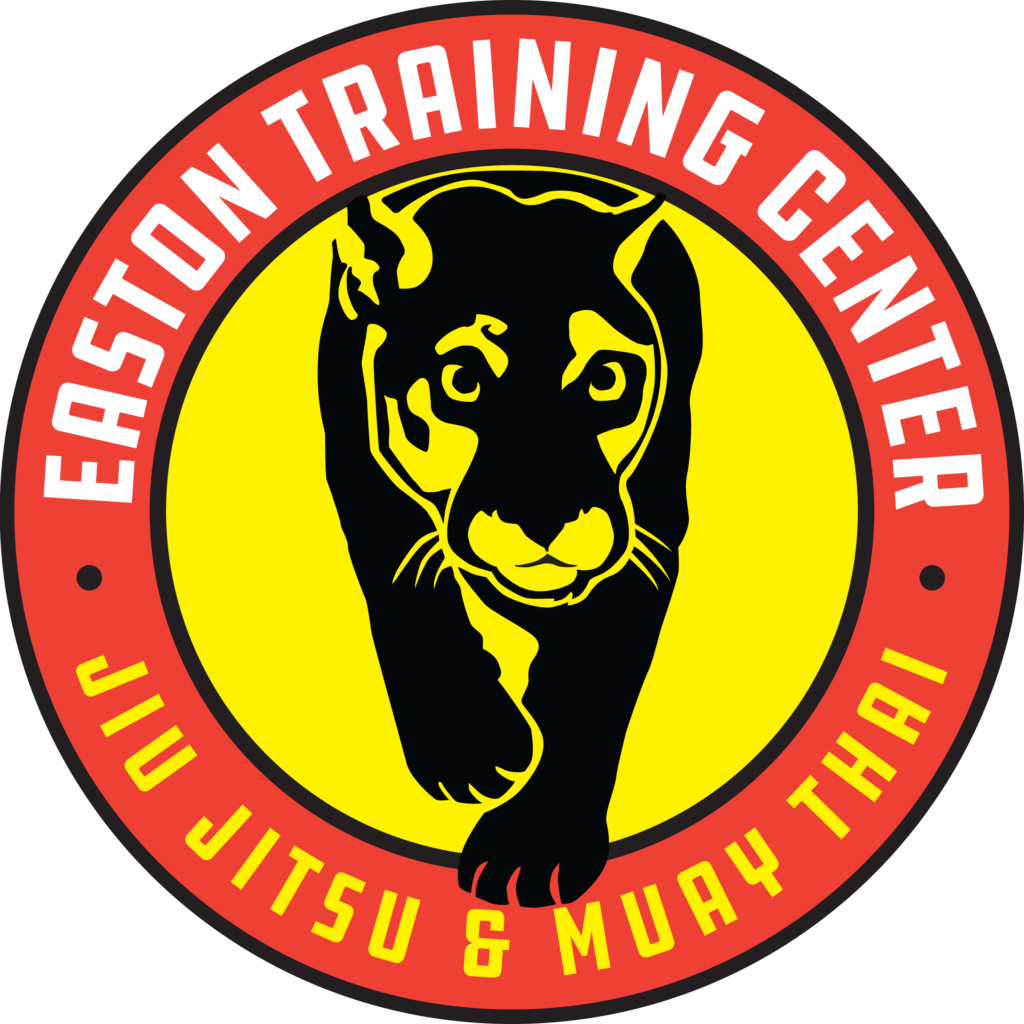What makes Brazilian Jiu Jitsu…Brazilian?
Is it the association with the hardstyle Vale Tudo grit?
Something in humanity has always lit up at the practice of brutal hand-to-hand combat. While it’s not for everyone, it holds an undeniable place in culture throughout history.
Perhaps it’s that Barra da Tijuca sunbaked, sweat-soaked, surf culture flow?
The simple but elegant mechanical advantages gained through leverage, directional force, wedging, timing, and off-balancing aren’t unique to Jiu Jitsu.
It must be something else.
I propose that the reason we carry the Brazilian nationality with the Jiu Jitsu now practiced in America has nothing to do with technique, style, or structure. The martial art has grown into what it is today thanks to the contribution of two brothers in Brazil and the family-centric direction they took it.
In kids’ classes at Easton, when a kid earns their white belt, the coach asks the class what that means. The more experienced students all chime in, “they are part of the Jiu Jitsu family” and “now we can squish them a little.”
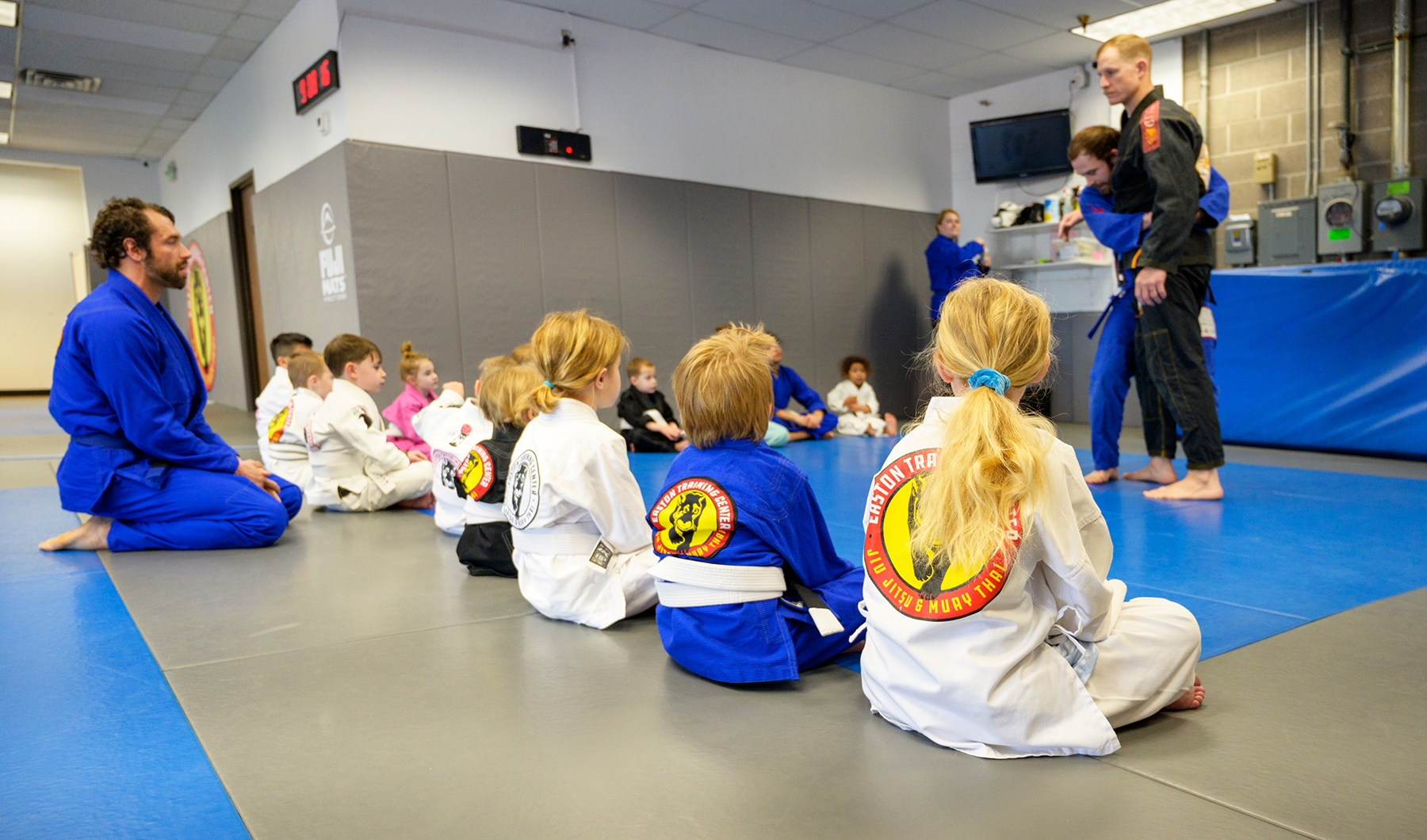
A family matter
Kano Jigoro was born into a sake-brewing family business, but his father diverted from this tradition to pursue his passion: education. Jigoro combined that passion for teaching with the refuge from bullies that martial arts offered, and he built a profession around developing and teaching what preceded the Jiu Jitsu we practice today.
One of his students, Mitsuyo Maeda, combined his own passion for Jiu Jitsu and teaching with undeniable wanderlust and showmanship. He traveled across the world, spreading the martial art to all kinds of people.
It was his stop in Belem (Portuguese for Bethlehem,) Brazil and his work with a businessman by the name of Gastao Gracie that set Jiu Jitsu down the explosive path that led to it today.
Gastao had eight kids. One in particular, Carlos, is remembered as being a bit of a bruiser. As a teen, Carlos Gracie Sr.’s quick temper made him a magnet for schoolyard fights.
In 1915, Gastao was busy running his casino and partnering with the American Circus when Maeda came through performing some crowd-pleasing throws as a prizefighter. Gastao jumped at the chance to partner with Maeda and offer Carlos a way to channel his fighting drive into a productive space.
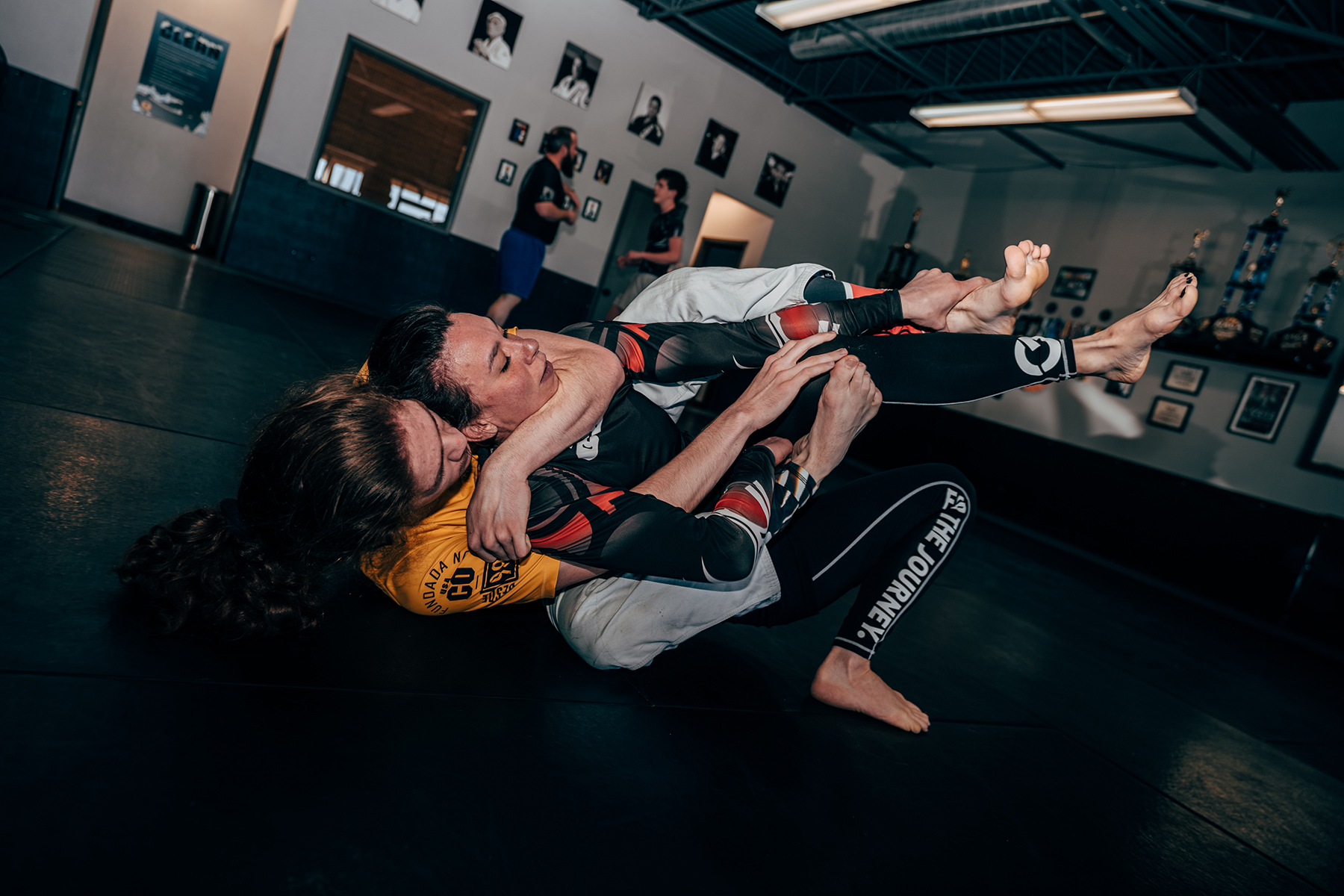
Joining forces
His brother, Helio, an athlete, focused on fluid, efficient, and orderly motion with swimming and rowing. When Carlos and Helio started training together, the two combined in a way that resulted in an incredibly effective creative center for the sport.
Perhaps we continue to call it ‘Brazilian Jiu Jitsu’ rather than just ‘Jiu Jitsu’ because of the family culture these Gracie brothers brought to the practice. Carlos Sr. and Helio became the perfect duo for continuing the art’s development and creating a following — literally. Helio had nine children; Carlos fathered 21 children and, at the time of his death, had 106 grandkids.
(Imagine a home with over 20 bedrooms and three shifts for each meal split by age group. THE DISHES!)
The Gracie brothers developed their Jiu Jitsu continually based simply on what works – and when. Evolution was considered a constant to the point that, while they had plenty of family and friends to train with, they would seek out and invite those with powerful styles that differed from theirs. They welcomed outsiders that could highlight their weaknesses in constructive ways. Iron sharpens iron.
[Brazilian Jiu Jitsu: A History Of Our Contemporary Combat Sport]
Sprouting the next generation
Both brothers were also incredibly passionate about the next generation. The consideration of Brazilian Jiu Jitsu as a tool for developing our children became an essential component to the Gracie family, and today remains a core value of Easton’s.
Renzo Gracie (Carlos Gracie Sr.’s grandson who gave Professor Amal Easton his black belt) has eloquently noted how martial arts has helped him truly know himself. Our legacies, however, are born from the memories embedded in and shared by the next generations.
Brothers, black belts, and Jiu Jitsu academy owners Pedro, Gui and Joaquim Valente began training under Helio just after they learned to walk. On their podcast they share a story about how Carlos Sr. and Helio were attentive to potential for improvement in every aspect of life – nutrition being a foundational one.
At one point, Helio decided that acai, a nutrient-rich purple berry and Gracie family staple in smoothies and sweets, shouldn’t be combined with sugar. The drive to perfect blazed strongly in Helio. The Valente brothers affectionately recall his efforts to balance rigidity with compassion and flexibility. When Helio saw the faces of the boys as they tried the unsweetened acai, he yielded. Keep the smoothies!
Professor Amal has recounted how, even in his 90s, Helio was a respectable force on the mats. One of the most valuable lessons older generations can highlight for us includes the importance of playing the long game. Helio trained for three quarters of a century.
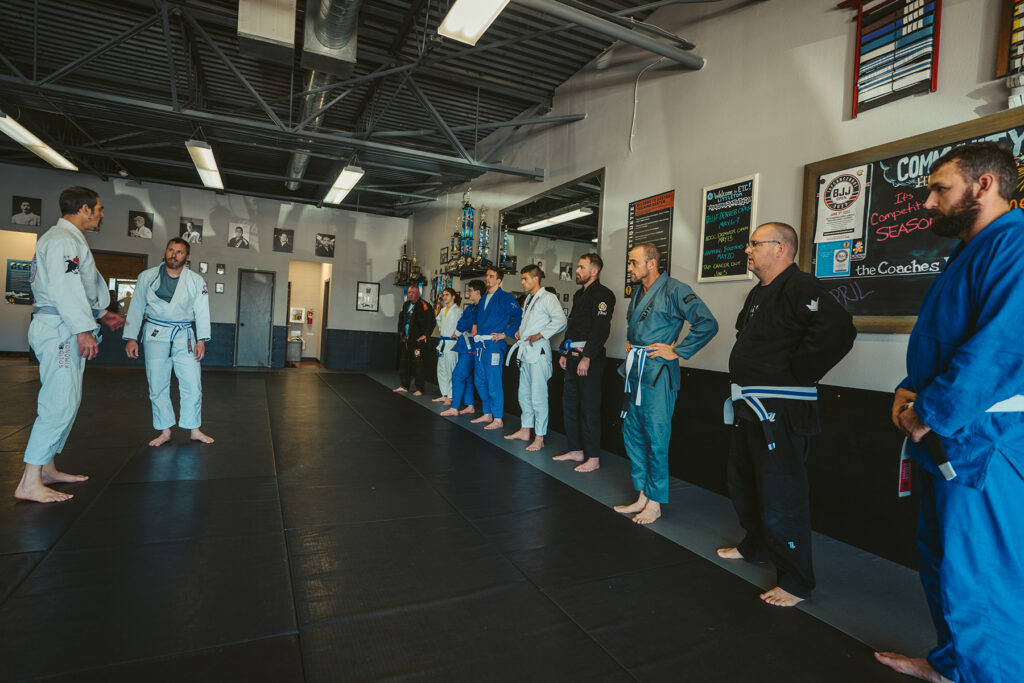
The Brazilian Jiu Jitsu family
Martial arts mats have the opportunity to hold space for members working with different stages and forms of growth.
Whether it’s toddlers learning to move with each other and themselves for the first time, a teenager directing their energy toward growth-oriented skill development, a fierce competitor with visions of medals and belts, or any of the many other ways we show up to train together, there’s a space in the sport. There’s space to develop different aspects of ourselves from one round to the next when we show up for it.
[Why You’re Hearing More And More About Brazilian Jiu Jitsu]
We can all strive to become better. We can all have room to be human too. How we show up matters and, true to Renzo’s focus on self, authenticity matters.
Family dynamics are complicated; they test relationships, demand the understanding of different personality dynamics, and require us to hold space for members to make mistakes while maintaining respect for that individual. There’s something special about the trust that can come with family – they can challenge you in a way others can’t and in a way that makes you stronger.
By blood or bond, family should want the best for you, even if that means occasionally seeing you through your worst.
On the mats at Easton we find space for growth, testing, development, and mistakes. With Jiu Jitsu we feel the value of connection and the wisdom of distance. We still refer to our practice as “Brazilian” Jiu Jitsu for a reason. There was a bit of magic in that meeting between Mitsuyo Maeda and the Gracie family in Belem, Brazil.

